- Saw three baby Wrens fledge from the nest in the barn
- Lazuli Bunting
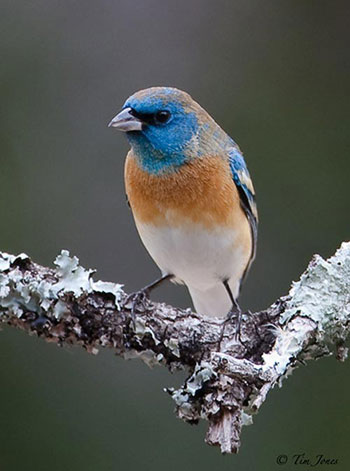
- Mushrooms
- Cleared path along Bluff Trail, from the steps Northward to the Natural Step Down
- Removed old wire fencing buried in the woods
- To Do: Mulch
Posted in
2009 Journal, Census, Habitat
- Continued to maintain Hummingbird feeding stations
- Cut invasive and non-native Chinaberry trees along river bottom and treated stumps with Round-Up
- Transplanted Elderberry trees from the middle of the river trail to the edge of the trail
Posted in
2009 Journal, Habitat, Food
- Counted 15 turkeys!
- Many birds benefiting from hanging seed balls: Cardinals, Goldfinch, Wren, Ladder-back Woodpecker
- Saw Armadillo digging
- Saw Deer, one buck with 6 points and four does
- Worked the South East oak wilt corner. Removed excess small junipers, opened up and freed persimmons and Live Oaks. Mulched brush and used mulch on the ground in driveways.
Posted in
2009 Journal, Census, Habitat
- Saw 8 Turkeys at feeding area near house
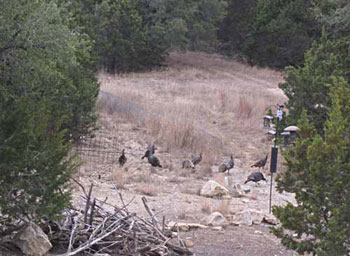
- Reviewed Oak Wilt project with Oak Wilt specialists. Most trees that had been treated with fungicide look good, but we still chose to re-treat 11 trees in the infected area. This photo shows oak leaves damaged by Oak wilt. Look for these signs of the disease
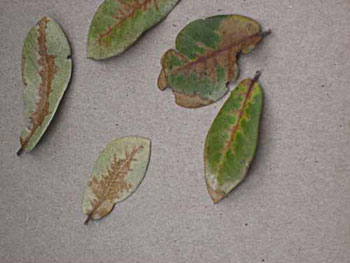
Posted in
2009 Journal, Census, Habitat
Competitive birder visited in hopes of finding a broad tailed hummingbird. Instead saw a Rufous hummingbird.
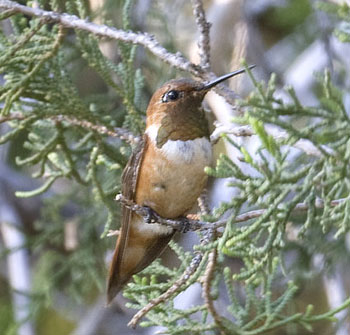
Caretaker's note: A "competitive birder" is one who competes with other bird watchers to find the first species in a certain area in the season. It is a friendly competition that experienced bird watchers use to sharpen their skills at identifying birds.
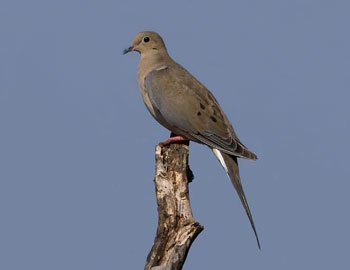
- Sparrows
- Eastern phoebe
- Jackrabbit
- Heard woodpeckers
Learned that Johnson grass has value for wildlife. King Ranch bluestem has no wildlife value.
Hackberry trees are valuable for cavity nesting birds and the sugarberries are an important wildlife food.
Posted in
2008 Journal, Census, Habitat





